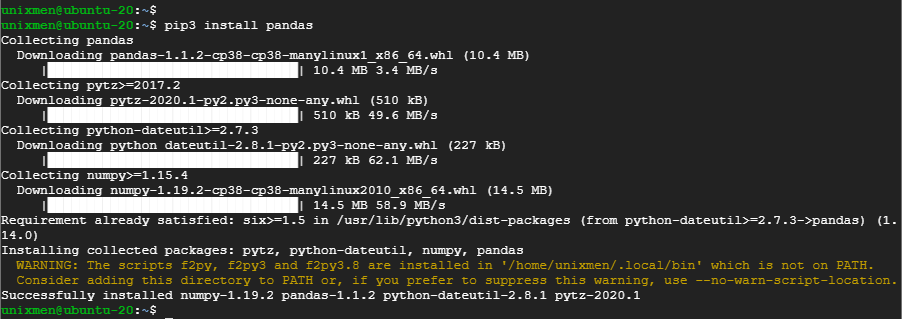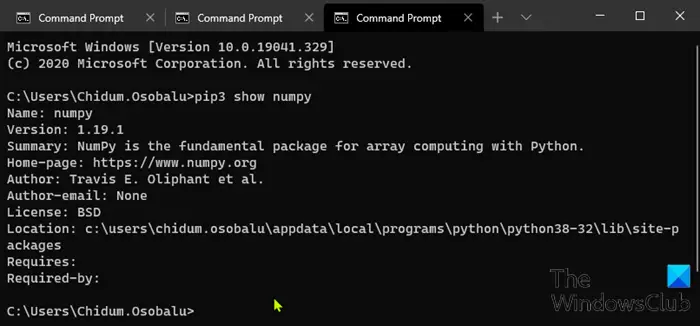
If needed, click and provide a path to any custom repository you want to install from. Once P圜harm notifies you about successful installation, you should see the package in the list of the installed packages. Select the required version or keep it the latest.Ĭlick the Install with pip or Install with conda button next to the version list. You should be able to see the number of the matching packages.Įxpand the list of the available versions in the upper-right corner of the tool window. Start typing the package name in the Search field of the Python Package tool window. To delete an installed package, click in the upper-right corner of the Python Package tool window. You can preview package documentation in the documentation area, or you can click the Documentation link and open the corresponding resource in a browser. Use the Search field to filter out the list of the available packages. The Python Packages tool window shows installed packages and the packages available in the PyPI and Conda package repositories. At any time you can open it using the main menu: View | Tool Windows | Python Packages. This window is enabled by default, and you can find it in the lower group of the tool windows. The Python Packages tool window provides the quickest and neat way to preview and install packages for the currently selected Python interpreter. This tool window is available in P圜harm 2021.1 and later Manage packages in the Python Packages tool window

In P圜harm, you can preview and manage packages in the Python Packages tool window and in the Python interpreter Settings.

For Conda environments you can use the conda package manager. By default, P圜harm uses pip to manage project packages. It means that each project has its own set of packages, which is considered a best practice for Python dependency management. If you have any issues with installation, please submit a ticket and specify your Operating System and any error message.P圜harm provides methods for installing, uninstalling, and upgrading Python packages for a particular Python interpreter. We recommend you use the most up-to-date OS version available.

Installation of Python-pip then allows you to install the source packages for the various openstack client APIs.ĭifferent operating system versions may have variations to the installation procedure. These are the basic commands to enter into your Terminal app or equivalent just to install Python-pip. See Installing Python 3 on Windows for instructions on installing pip for Windows. On openSUSE: sudo zypper install python-devel python-pip.On Red Hat Enterprise Linux, CentOS, or Fedora sudo yum install python-devel python-pip.



 0 kommentar(er)
0 kommentar(er)
